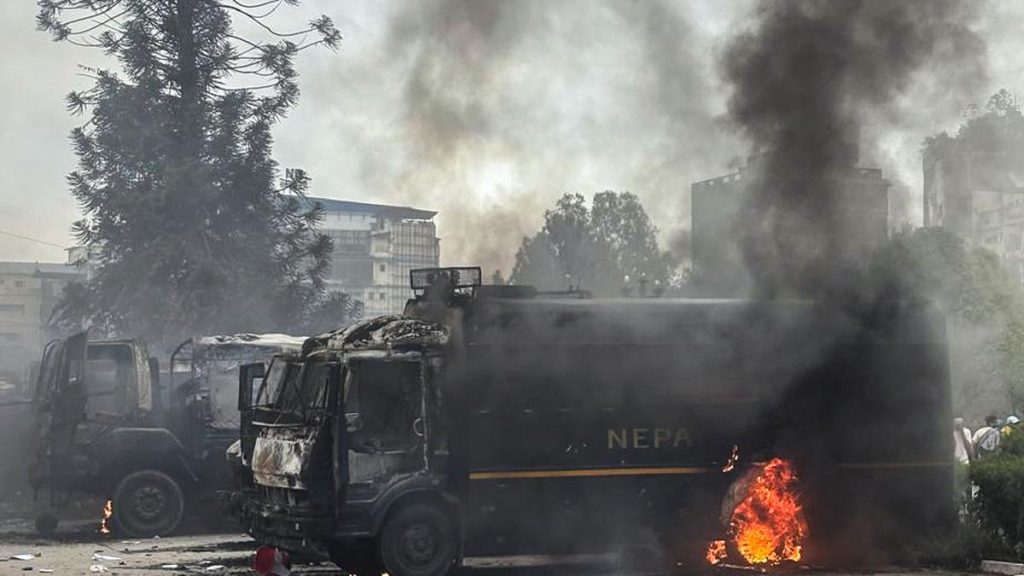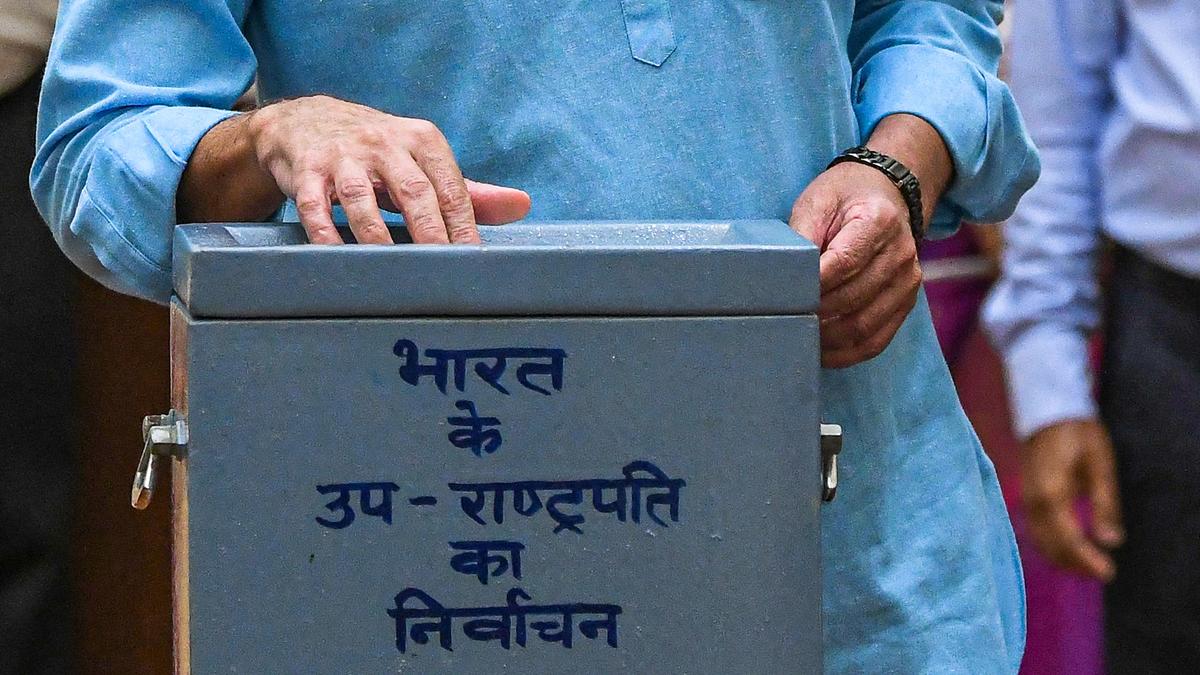Now Reading: C.P. Radhakrishnan Elected 15th Vice-President of India
-
01
C.P. Radhakrishnan Elected 15th Vice-President of India
C.P. Radhakrishnan Elected 15th Vice-President of India

rapid Summary
- NDA candidate C.P. Radhakrishnan won the vice-presidential election on september 9, 2025, securing 452 votes against opposition candidate B. Sudershan Reddy’s 300 votes.
- Voting turnout was high at 98.2%, with 767 mps casting thier ballots; out of these, 752 were valid votes while 15 were deemed invalid.
- BJP leaders claimed cross-voting occured, with at least 15 opposition members supporting the NDA nominee despite Congress earlier asserting full unity among its MPs.
- The electoral college for this poll comprises a total of 788 members from Lok Sabha and Rajya Sabha; the current strength is reduced to 781 due to seven vacant seats.
- Jagdeep Dhankhar’s sudden resignation on july 21 necessitated this election for India’s Vice-President.
- Mr. Radhakrishnan will soon be sworn in as India’s 15th Vice-President.
Indian Opinion Analysis
The results of the vice-presidential election reflect not only the numerical majority held by NDA but also suggest possible cracks in opposition unity through claims about cross-voting. While such internal fragmentation may benefit ruling coalitions during high-stakes political contests, it raises questions about strategic cohesion within opposition parties ahead of larger electoral battles like general elections.Additionally, with a voting turnout exceeding expectations (98.2%),it indicates active engagement by lawmakers in constitutional responsibilities during pivotal changes in leadership roles such as that of Vice-President – an integral part in upholding parliamentary democracy.
Given India’s dynamic political landscape, consensus-building between blocs may have long-term implications for governance stability and policy enactment at higher levels going forward.

























